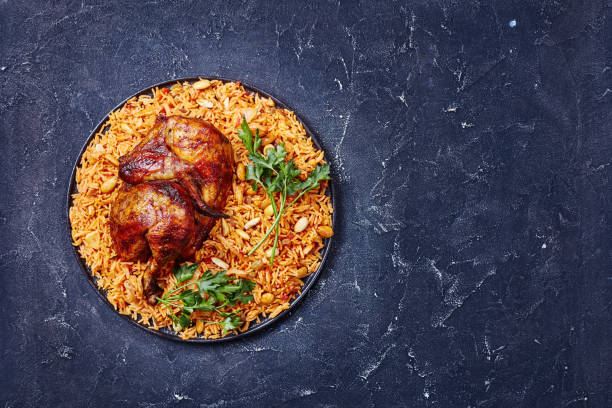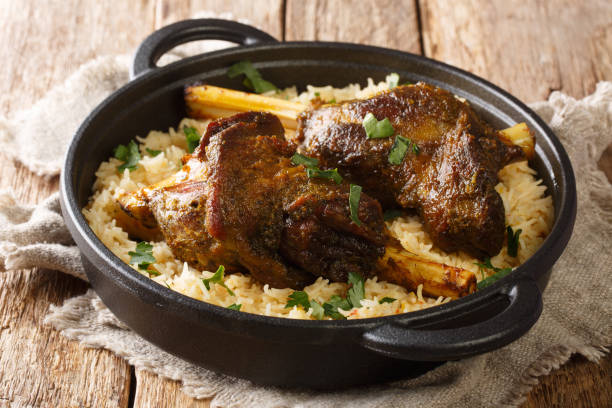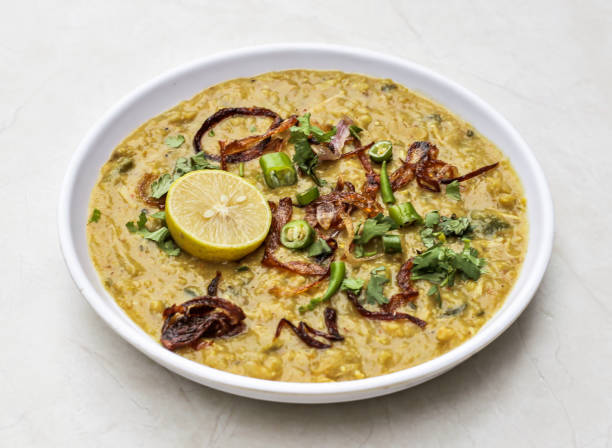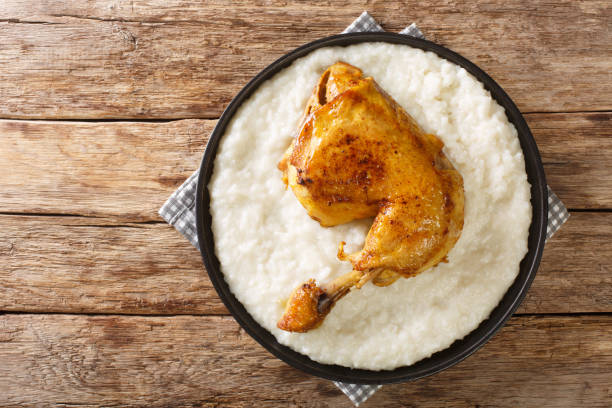Saudi food culture Saudi Arabia’s culinary heritage, a vibrant mosaic of flavors and traditions, reflects its deep historical roots, adherence to Islamic dietary laws, and the influences from surrounding regions. This rich food culture, emphasizing communal dining and hospitality, spans from the preparation of distinct, spice-laden dishes to the customary sharing of meals.
Staple Foods and Traditional Dishes: Centered around rice, lamb, chicken, and an array of spices, Saudi cuisine boasts signature dishes like Kabsa, a fragrant mixed rice dish with meat, and Mandi, featuring meat cooked in a unique tandoor oven. The use of spices reflects the Kingdom’s historical role in ancient spice routes.
Bread and Dates
: Saudi food culture Integral to Saudi food culture, flatbreads accompany most meals, and dates serve as both staple nourishment and a customary treat, particularly during religious and social occasions.
Islamic Influence: Strict adherence to Islamic dietary laws defines Saudi cuisine, with halal preparation methods paramount and the exclusion of prohibited foods like pork. Ramadan ushers in special culinary practices, including the Iftar feasts that break daily fasts.
Communal Dining and Hospitality: Emphasizing community, meals often involve shared dishes, symbolizing social unity and generosity. Guests receive an enthusiastic welcome with elaborate meals, underscoring the deep-rooted tradition of hospitality.
Arabic Coffee Rituals: Serving Arabic coffee is a fundamental aspect of Saudi hospitality, often accompanied by sweet dates. This ritual, involving distinctive pots and cups, highlights the cultural significance of sharing and social interaction.
Global Influences and Urbanization: The Saudi palate, historically influenced by Persian, Indian, and African flavors, continues to evolve with urbanization and globalization. International cuisines and dietary trends gain momentum in metropolitan areas, though traditional foods retain their popularity.
Health Trends: Modern health concerns steer contemporary Saudi cuisine towards more health-conscious choices, integrating international health foods and altering traditional recipes with nutritious twists.
Saudi food culture
جدول المقالة
Traditional Dishes: The staples of Saudi cuisine are based around rice, wheat, lamb, chicken, yogurt, potatoes, and dates. Some well-known dishes include
Saudi food culture Kabsa: Perhaps the most iconic Saudi dish, Kabsa is a flavorful mixed rice dish with meat (usually chicken, lamb, or camel), vegetables, and an array of spices
Mandi: A traditional dish of rice and meat (usually lamb or chicken), it is distinguished by its preparation method where the meat is cooked in a tandoor (a special kind of oven)
Jareesh: A cracked wheat porridge often served with meat or chicken
Saleeg: A white-creamy rice dish, cooked in broth, and often served with chicken
Bread and Dates: Flatbreads are ubiquitous, often baked in traditional ovens or over open flames. Dates, both a staple food and a traditional sweet treat, are often served along with Arabic coffee, especially during social gatherings or to welcome guests
Influence of Islam: Islamic dietary laws (halal) play a significant role in shaping Saudi food culture. Pork is prohibited, and other meats must be prepared according to halal standards. Ramadan, the holy month of fasting, is a particularly important time of the year, influencing food culture significantly. The fast-breaking meal, Iftar, often includes special dishes, fruits, and sweets
Social Gatherings: Meals are a social event and a means to bring family and friends together. Traditionally, guests are considered a blessing and are treated with immense respect and generosity. Serving food is an act of hospitality and indicates social bonds
Coffee and Hospitality: The serving of Arabic coffee is an important aspect of hospitality in Saudi culture. Traditionally, coffee is served from a special coffee pot called a ‘dallah’ and enjoyed in small cups. It is often accompanied by dates or other sweet delicacies
International Influence: Due to historic trade routes, there are influences from Indian, Persian, and African cuisine. Moreover, in recent years, increased global trade and a more mobile population have introduced a variety of international cuisine, contributing to a more cosmopolitan food culture in urban areas
Certainly, below is a more detailed explanation of each significant dish within Saudi Arabian cuisine
Kabsa
Kabsa is considered the national dish of Saudi Arabia, representing the heart of its cuisine. It is a hearty dish made from a mixture of long-grain rice (usually basmati), meat (such as chicken, lamb, or even camel), vegetables, and an assortment of spices (like black lime, cloves, cardamom, cinnamon, and bay leaves) that contribute to its unique flavor. The ingredients are typically cooked together, with variations in preparation from one region to another, resulting in different flavors, textures, and presentations. The meat is often placed on top of the rice, and the dish is served with side portions of yogurt, fresh salad, or a tomato chili sauce known as ‘shattah’.

Mandi
Mandi is a traditional dish that originated from Yemen but has found a home in Saudi Arabian cuisine, particularly favored in the Hejaz region. The unique aspect of Mandi lies in its cooking method; meat (usually lamb or chicken) and rice are cooked in a tandoor, a special type of underground clay oven. The meat is suspended inside the tandoor, and the rice is cooked in the meat’s juices, absorbing a rich flavor. This technique gives the meat a tender texture and infuses the rice with a smoky savouriness. Mandi is typically served with a garnish of almonds, cashews, and pine nuts, enhancing the dish’s flavors and textures.

Jareesh
Jareesh is a comforting, porridge-like dish commonly consumed in Saudi Arabia. It is made from crushed or coarsely ground wheat (similar to bulgur) cooked with meat, typically lamb or chicken, and sometimes blended with aromatic spices, onions, and tomatoes. The consistency of Jareesh is somewhat similar to a thick stew or creamy risotto, and it’s often enjoyed with a dollop of ghee (clarified butter) or yogurt on top. It is hailed not only for its delightful taste and texture but also for its nutritional value.

Saleeg
Saleeg is a traditional Saudi dish, often described as a “white risotto” because of its creamy color and texture. Made from short-grain rice cooked in a meat broth (usually chicken), Saleeg gets its distinctive creaminess from the addition of milk or cream during the cooking process. The dish is a perfect blend of simplicity and richness, usually served with the boiled meat on the side or on top of the rice. It’s often accompanied by a green hot sauce or a fresh salad, adding a refreshing contrast to the creamy main course.
